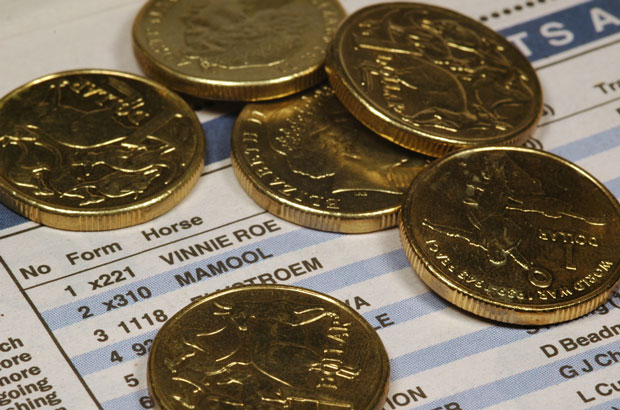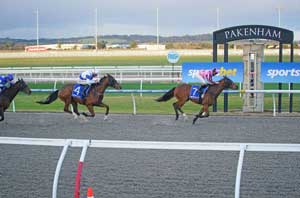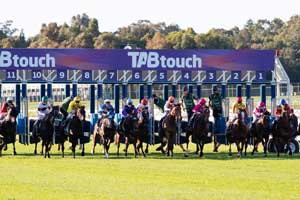
Betting on multiple horses in a race to profit
-

- Author: Mike StewardApr 19, 2020 05:13 PM
Betting on multiple horses in a race to profit
After receiving a strong response to Jude's place multi-bet approach last week I have dug into the vault to focus on another popular betting strategy this week.
This strategy involves backing multiple horses in the same race to make a profit. The term "Dutch Betting" is commonly associated with this strategy and it is one of the more popular approaches used by professional punters in Australia and around the world.
Many social punters who try this approach often get confused on how much to stake on each horse and therefore usually resort to even staking on each selection, only to be disappointed by thin profits or losses when one of their selection wins.
The optimal Dutch Betting staking strategy for multiple bets in a race requires a sophisticated Dutching Calculator, which is now available through theGreatTipOff here.
Here's how the Dutching Calculator works.
Selecting horses
We are looking at selecting three horses in a race, because that's what I have to work with. Punters who use this betting strategy typically look for the value runners in the race who they believe have a realistic chance of winning.
The thinking here is that if the three runners are over or at true odds at worst, then the punter should be in the money over time.
Using the Dutching Calculator
The Dutching Calculator is very easy to use. After selecting the three horses I want to back in the race, I enter their fixed odds prices in the area highlighted in yellow.
It's important to take fixed odds here because you are setting your staking amount based on the odds of each of the three runners.
If you use an odds product like best tote for this betting approach, the return equation is likely to look very different when you collect.
Moving from left to right across the calculator, here's what everything means.
% of outlay to bet
The Dutching Calculator determines a set profit amount that can be achieved from betting on each of the three horses in the race. Once the odds are entered into the calculator, it determines the percentages of the overall stake amount for the race that is bet on each runner.
In the example, the punter will bet 64% of the stake on Caprese, 13% on Bee Jay Zed and 23% on Mana Trust.
Outlay
To find out exactly how much the punter needs to enter into the stake window on the bet slip, he first needs to decide on how much he is wants to invest in the race.
If it's $20, he looks at the $20 outlay column. If it's $1,000 he looks at the $1,000 outlay column.
Profit
The profit column shows the return, less the outlay, that the punter will receive from the three bets in the race if any of the horses win.
Note that the return is the same regardless of which horse wins.
Profit %
The potential profit to be made from the Dutch Betting strategy works off the odds for each of the three selections. In the above example the average win odds across the three bets is $6.40 and the profit as a percentage of turnover is 40.4%.
In another example shown below the average odds for the three runners is $6.70 and the profit percentage if any of the three horses win is 76.9%.
This trend is indicative of how the risk - return dial moves together. The higher the risk (i.e. the higher the average odds of the three runners), the higher the return and vice versa.

Key messages when Dutch Betting / betting on multiple horses in a race
- Try and identify value runners that you think can win to increase your chances of profiting from this approach.
- Don't use an even staking approach. Use a fit for purpose calculator configured to the number of bets you are having in the race.
- Bet for the win.
- Take Fixed Odds as fluctuating odds products will give a different result than the one you have calculated.
Punters who are keen to access the Dutching Calculator can do so via the link here.







